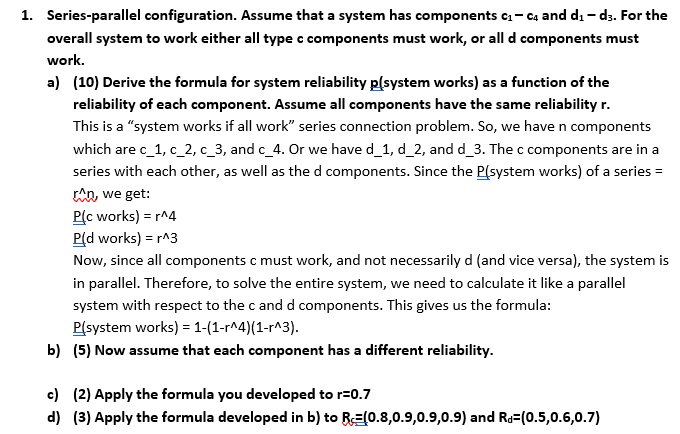Answered step by step
Verified Expert Solution
Question
1 Approved Answer
I answered the first part. I think it is correct? But I am really lost on b. I think you just plug in the r's
I answered the first part. I think it is correct? But I am really lost on b. I think you just plug in the r's after you get part b -- but I am not sure. Please help! I am really confused.

Step by Step Solution
There are 3 Steps involved in it
Step: 1

Get Instant Access to Expert-Tailored Solutions
See step-by-step solutions with expert insights and AI powered tools for academic success
Step: 2

Step: 3

Ace Your Homework with AI
Get the answers you need in no time with our AI-driven, step-by-step assistance
Get Started


